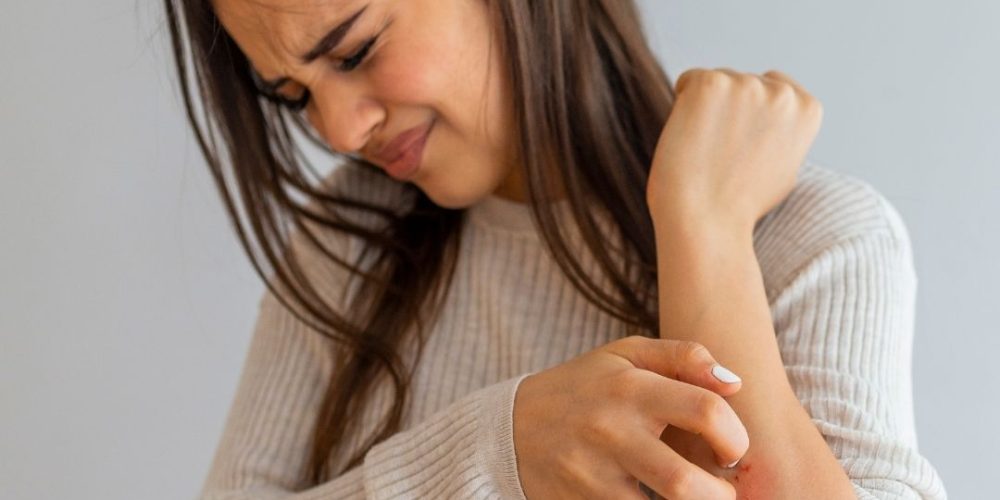Lichen planus is a chronic, autoimmune disease that can affect the skin, hair, nails and mucous membranes. The exact cause of the disease is unknown, but it is thought to occur when the immune system mistakenly attacks the skin. Lichen planus is characterized by purplish-colored bumps with a smooth surface, often itchy. This disease can affect both children and adults, but is more common in middle-aged adults.
Symptoms of Lichen Planus?
Symptoms can usually be seen in various parts of the body and are as follows:
1. Skin lesions:
- Purple-red, smooth-surfaced, itchy wheals.
- Lesions usually occur in areas such as the wrists, ankles, back, arms and legs.
- Over time, it can leave hyperpigmentation (dark spots) on the skin.
2. Intraoral Lesions:
- White, lace-like lines, spots or sores may appear in the mouth (this is called oral lichen planus).
- Pain, burning sensation and tenderness in the mouth, especially when in contact with acidic or spicy foods.
3. Changes in the nails:
- Thinning, streaking, discoloration or loss of nails may occur.
4. Scalp:
- Lichen planus can affect the scalp, resulting in hair loss, itching and scarring. This condition is called lichen planopilaris.
5. In the genital area:
- Lichen planus can also develop in the genital area, causing itching, discomfort and sometimes scarring.
Causes of Lichen Planus?
The exact cause of lichen planus is unknown, but several possible triggering factors are being considered:
- The immune system: It is thought to occur when the immune system mistakenly attacks skin cells.
- Genetic Factors: Family history may play a role in the development of the disease.
- Viral Infections: It is thought to be associated with some viral infections such as hepatitis C.
- Medicines: Some medicines, especially blood pressure medicines can cause lichen planus-like reactions.
- Allergic Reactions: Metal fillings, certain chemicals or allergic substances can be triggers.
Lifestyle and Home Care Tips?
Lichen planus usually resolves spontaneously over time, but various treatment methods can be used to relieve symptoms and improve quality of life:
1. Topical Corticosteroids:
- It may be effective in reducing skin lesions and itching. It can also be used for lichen planus in the oral or genital areas.
2. Oral Corticosteroids:
- In severe cases, oral corticosteroids may be prescribed to reduce inflammation.
3. Antihistamines:
- It can be used to relieve itching.
4. Immunosuppressive Drugs:
- Immunosuppressive drugs may be used in severe or resistant cases.
5. Phototherapy:
- UVB light therapy can help heal lichen planus lesions on the skin.
6. Treatment for Intraoral Lichen Planus:
- For oral lesions, antiseptic mouthwashes, mouth gels containing corticosteroids or immunosuppressive drugs can be used.
7. Oral Hygiene:
- Oral hygiene is very important for intraoral lichen planus. Avoiding acidic and spicy foods is also recommended.
Lifestyle and Home Care Tips?
- Skin Care: Avoid products that can irritate the skin. Use soft skin care products.
- Stress Management: Stress can worsen the symptoms of lichen planus. Stress management techniques can be helpful.
- Regular Follow-up: People with lichen planus, especially in the mouth and genital area, should ensure that the lesions are monitored with regular doctor visits.
Lichen planus can be a recurrent disease, so proper treatment and regular follow-up with a doctor are important. If you have symptoms of lichen planus or if it is not responding to current treatment, the best approach is to consult a dermatologist.

